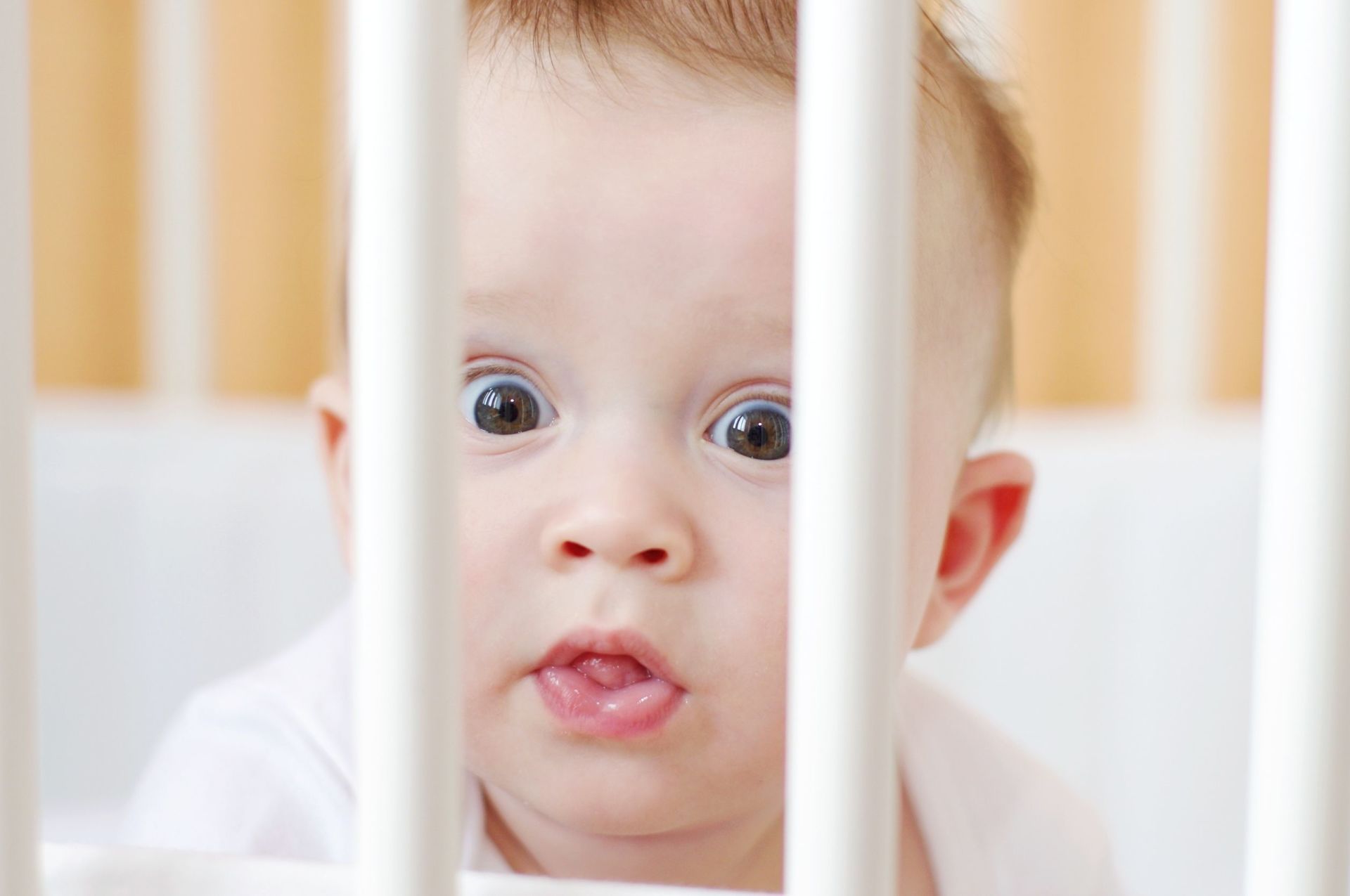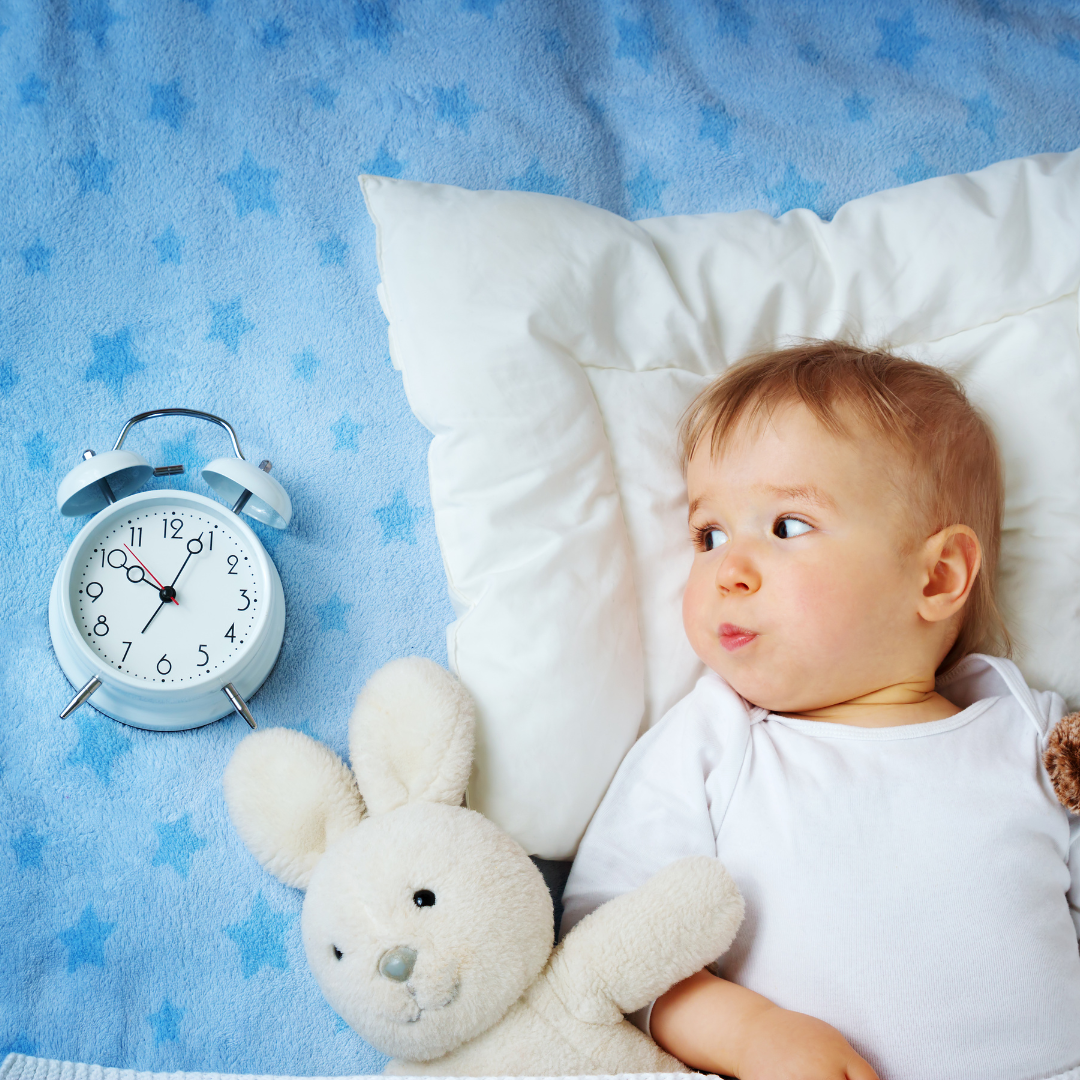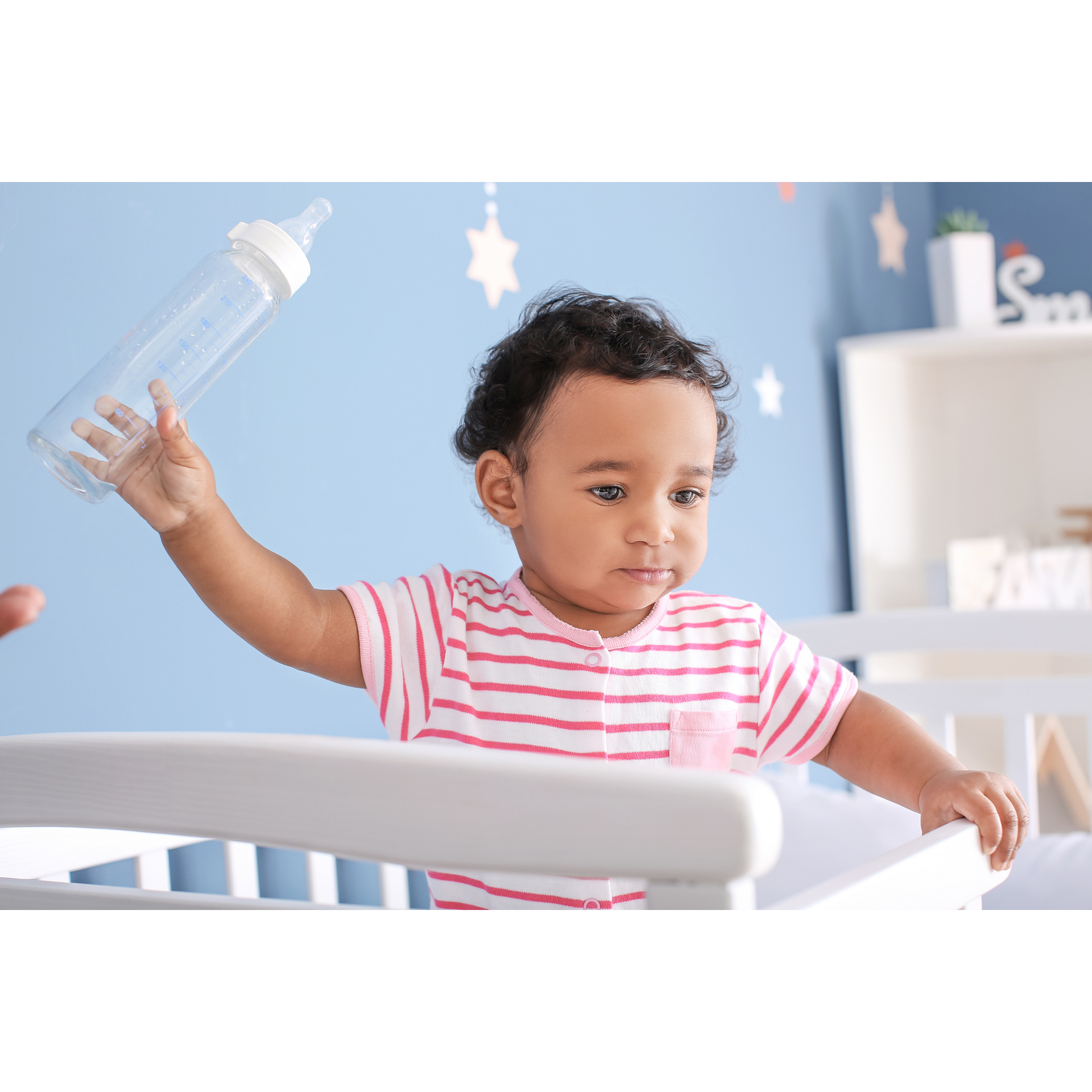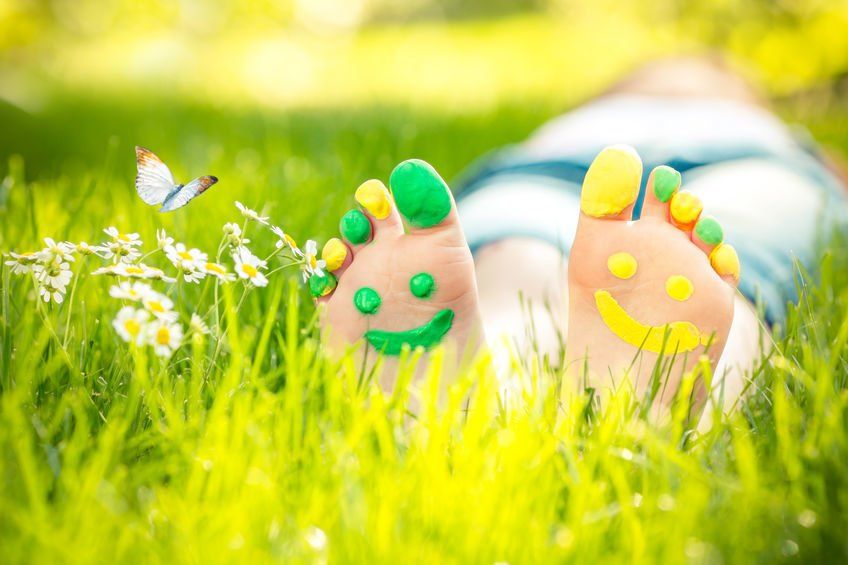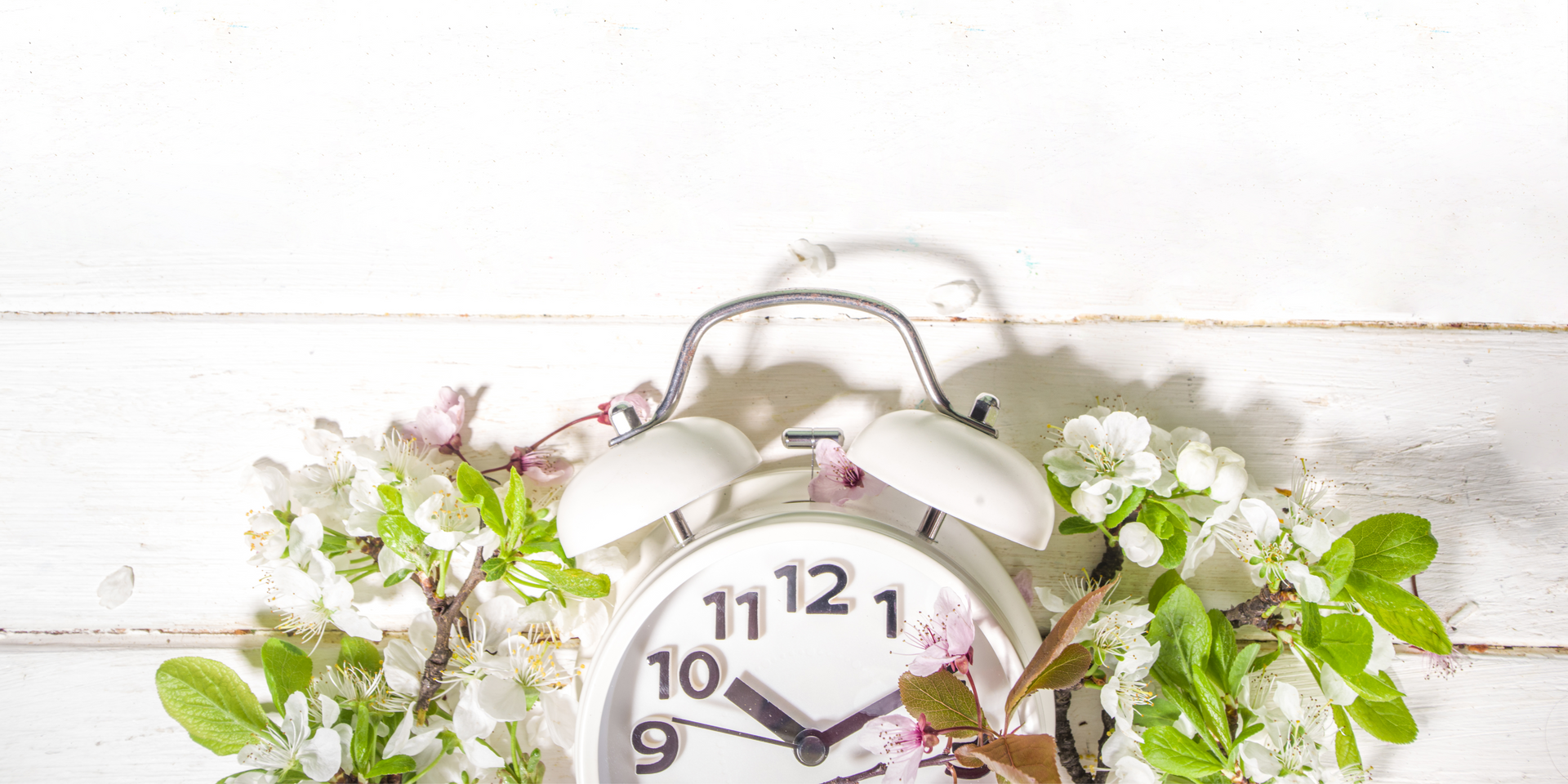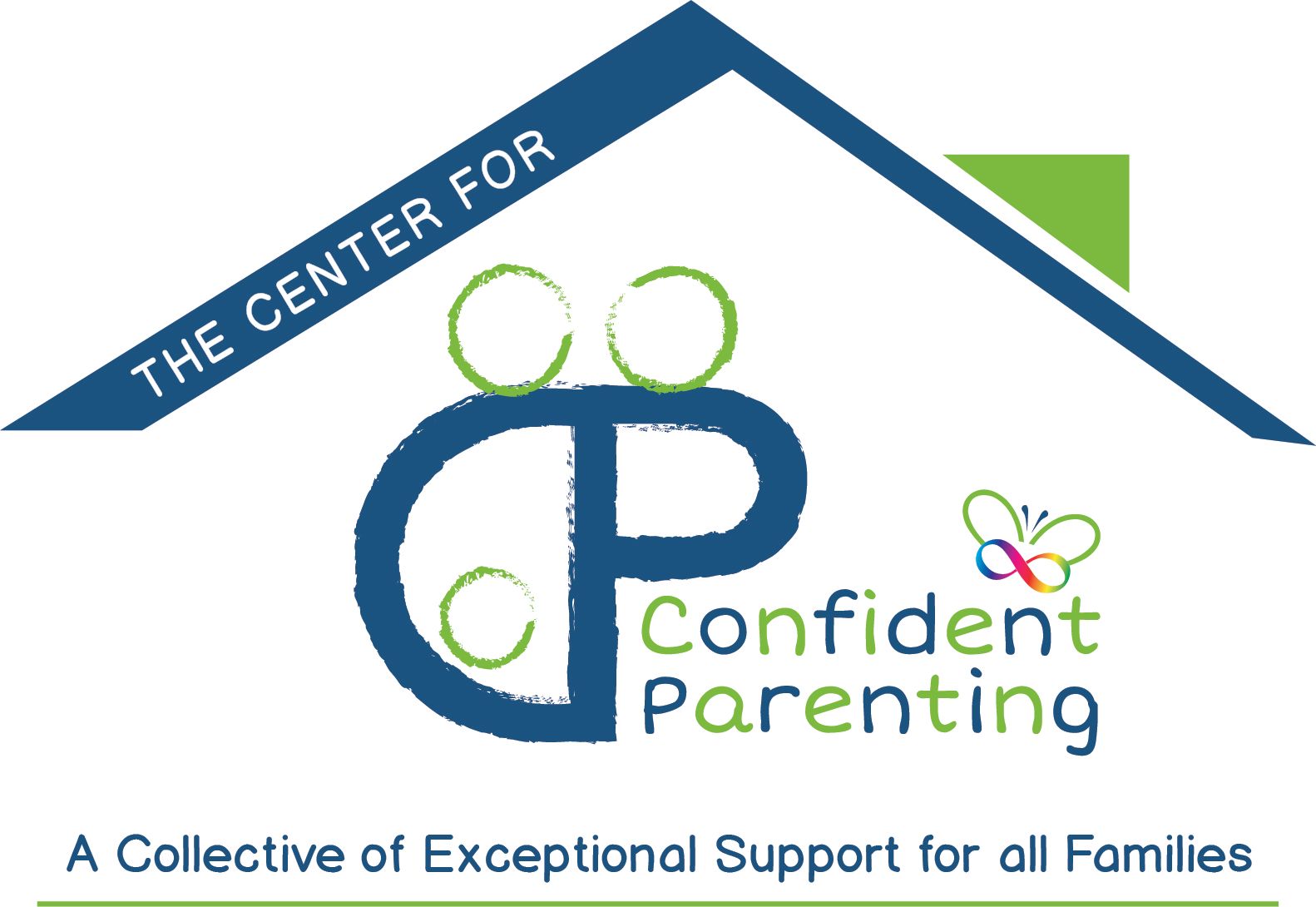Erica Desper, Bernadette Samuels and Amelia Kinsolving are moms supporting moms (and all parents) on the path to better sleep and smoother potty training, since 2010. Confident Parenting was named “Best” and "Family Favorite" resource by the Main Line Parent, Bucks County Parent and Philadelphia Family communities in 2022, their 9th and 10th and 11th accolade from parents! Meet the team here.
5 Do's and Dont's for Smoother Potty-Training
Our team has compiled a list of the top five things to avoid (and what to do instead!) when potty-training your toddler or preschooler..

As potty-training consultants, we help families approach and navigate the potty-learning process every day. While there isn’t necessarily a “right” or “wrong” way to approach the process that will work for every child, there are things you can do that can become stumbling blocks for many of the children we’ve worked with. Some children can progress no matter how you present it to them while others are much more specific. Our team has compiled a list of five very common obstacles to learning that you can address if you’ve already begun, or avoid if you are about to dive in…
#1 Don't: Train While Wearing Diapers, Pull-Ups or Underwear
Many families present potty learning to their child while they are wearing a diaper, a pull-up, or pants and underwear. This may feel logical to you and may help keep your house cleaner. To your child however, this approach may make it harder to learn and/or willingly accept this new way to go. It is a BIG ask to be wearing the “security blanket” they have known and relied on 24/7 for years but to be expected not to use it, in favor of something “unknown”. Much like putting dinner and dessert on their plate and expecting them to make the choice to eat dinner first.
Additionally, underwear may feel very similar to a diaper or pull-up, causing your child to be less in tune to their bodily sensations, masking the urge to go, and offering an illusion of privacy that is hard to resist, leading your kiddo to pee and/or poop in what they are wearing. Jumping straight to it before any learning has happened may be too much too soon.
Do: Instead, consider ditching diapers and pull-ups altogether, at least when your child is awake. (For children 3.5 and older, ditching them even from sleep hours is often necessary. Check out our tips for preserving sleep here.) In addition, take a step back in the clothing layers until they are mostly accident free. Many children learn best when they are naked from the waist down, for at least the first few days, while others do well with loose short or pants but no underwear. Think of clothing in levels and make it your goal is to let them master one level or layer at a time.
#2 Don't: Make it a Hassle (For Your Child)
We’re talking about perceived hassle, from your child’s point of view. Think about it: The gig they had going on with diapers and pull-ups was a sweet one! They didn’t have to pay attention to their body, stop what they were doing, or leave the action and travel to another room. Now, they must do ALL those things, all day long. It may not seem like a fair trade or a trade they have any desire to make. Who can blame them?! This is a particular challenge for kiddos who don’t mind being wet or soiled and those who have FOMO (fear of missing out).
Do: Look for ways to bring the hassle factor down. Instead of expecting them to travel to the bathroom (yes, even if it is super close by), offer a potty wherever they are just for now. Rather than having them sit at timed and frequent intervals, when they may not even need to, watch for signs they clearly need to go and prompt them then. Additionally, skip any steps you feel you can at first. For example, do the wiping for them just for now and skip handwashing when you feel it is appropriate (pee is sterile!) or use hand sanitizer. If handwashing is a must for you every time, then at least make it fun! Check out Splatz soap for example. Your goal is to make this new way of going feel just as easy as the old way, or as close as we can get.
#3 Don't Ask if They Need to Go
In addition to not prompting too often, consider how you are prompting your child to go. At ages 2 and 3, “No!” is their favorite word, am I right? Don't ask a question you already know the answer to and don't send a message that your child has a choice of whether to use the potty or not. (Don't freak out - we ARE going to offer choices, just not that one.) This is just what we do and where we do it now. Normalize it and exude confidence about the change.
Do:
Instead of asking a question, make
a statement, "It's time to pee/poo/potty", combined with a choice, so they feel in charge. We are taking a
choice away from them and they want to assert themselves and have some ownership in this process. So, allow them to
have some say over when and where they go. Here are some examples:
“It’s time to potty. Do
you want to sit in one minute or two minutes?” (Set a timer according to their choice.)
“It’s potty time! Do you want to sit on the potty or the toilet?”
“It looks like you need to poop on the potty. Do you want a piggyback ride, or should I fly you like an airplane?”
"Sure. When you put pee in the potty, then we can (insert whatever your child just asked to do, eat or have.) Let me know when you are ready/done/need help."
The point is that YOU are still in control of the choices and/or in control of putting other things on hold until your child is ready to make a choice.
#4 Don't: Forget to Offer "Privacy"
Moving your bowels is a
private function and, much like labor, the muscles involved respond to emotion.
This is especially true with respect to poop. If your child is feeling anxious
or vulnerable without the security blanket of a diaper or pull-up, that is
normal and understandable. (Imagine how you would feel if you had to stand on
the couch and poop!) Some children will get over it in time while others will need
that security blanket feeling to be substituted until the novelty of this new
way to go wears off.
Do: Place the potty nearby for easy access but behind something like a couch, recliner or door. If they have a favorite spot where they hid to poop previously, consider placing the potty there. Have a large towel or blanket on hand and drape it across their legs or show your child how to wrap it around themselves to “hide” if they need to, while sitting on the potty or toilet. Some children need physical touch, like a bear hug or hand holding, to relax while others need you to make yourself scarce. Get them situated on the potty or toilet and then say something like, “Now where is my phone? I’ll be right back.” Then step away so they can do their thing. When in doubt, ask, “Do you want me to sit right here or wait outside the door?” Your goal is to offer the privacy they need to relax and release in this less familiar scenario. Check out some fun privacy options from our mini team members in the photos below!
#5 Don't: Solve a Struggle by Giving a Diaper or Pull-Up to Go In
This should be the #1 don’t because of how far it can set your child and the process back. If you are certain your child is ready and/or capable (read more on the difference here) and have carved out time for the process, fear, drama, and withholding are not a sign that you are wrong or that you should turn back. Solving fear by falling back on diapers and pull-ups may send several mixed messages to your child. This is fear of the new and of the unknown and, in most cases, is solved by supporting them through the fear until they realize there is nothing to be fearful of.
In other cases, we are encountering a strong-willed child who will never move through the process so long as they believe diapers and pull-ups are still an option. They will simply learn to wait longer and get louder, making your attempts harder to navigate. Once this is no longer the lesser of two unequal options, it will be an option your child is totally fine with. We see this day in and day out.
Do: If you encounter fear and drama, think of yourself as a labor coach, supporting your child through “birthing” the poop. Get down on their level, speak in a low, slow voice and let them know you are there to help and their body knows what to do. Keep your vibe cool, casual, and confident. Due to mirror neurons in the brain, your child will reflect what you give off and, if yours is struggling to regulate in this new territory, you may need to regulate for them for now. This is referred to as co-regulation and is an incredibly powerful parenting tool. Speaking of tools, if your child holds their poo long enough that they may become uncomfortable, you can intervene via stool-softening foods added into their diet, supplements like Senna or Magnesium or even suppositories.
If you are struggling with these “do’s” or need support to sort through fear, withholding or constipation, our potty-training team and support team of dietitian nutritionists and occupational therapists are here for you. Learn more at the links below and reach out today!
You might also be interested in these articles:
How Do I Know if My Child is Ready?
5 Do's and Don'ts for Smoother Potty-Training
How Long is this Going to Take?!
Help! My Preschooler Has Zero Interest in Potty Training
4 Things I Learned While Potty-Training
If you need support to approach or troubleshoot potty-training, our team is here to help!
